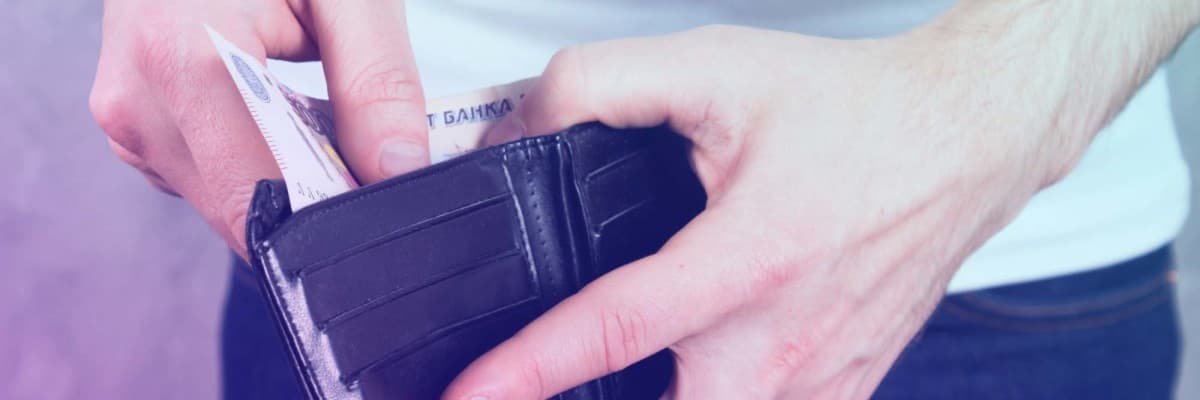Mobile money vs mobile banking – what’s the difference?
Mobile money and mobile banking are terms that get mixed up a lot. People say one when they mean the other or think they mean the same thing.
We manage so much of our life from our mobile phones these days, including our financial life. The range of mobile financial services available to us is vast, but what is the difference between mobile money and mobile banking?
This article will cut through the confusion and jargon to help you understand the difference between these services and which one is best suited to your financial needs.
WorldRemit Content Team
• 3 mins read • Updated
What is mobile banking?
Mobile banking is an extension of the traditional banking service. To use a bank, you need a bank account. Having an account gives you access to all the services banks allow you to use, such as:
Deposit cheques
Transferring money
Applying for credit cards
Deposit your salary
Applying for loans
Pay bills
Most traditional banks now offer banking apps on all mobile app stores. These apps give you a way of viewing and managing your account from your mobile device.
Some mobile banking apps are not associated with major traditional banks. In the UK, two of the biggest ones are Starling Bank and Monzo. These banks do not have branches you can visit; they are 100% online and managed through mobile apps. They still offer a traditional banking service but could be considered more flexible than conventional banks.
Banks take security very seriously, and mobile banking is no exception. Two-factor authentication (where you have to have a code texted or emailed to you for authorisation) is used for logins, payments and updates. This seems to work -according to UK Finance, remote banking fraud (which includes mobile banking) is trending down year on year. So, mobile banking is regular banking but on a mobile device (usually via a mobile banking app).
What is mobile money?
The most important thing to note about mobile money is that it doesn’t directly involve a bank. You can use mobile money without a traditional bank account. Yes, there are still fees and terms and conditions to deal with, but it is more accessible than mobile banking.
To understand the difference between mobile banking and mobile money, let’s take a look at one of the most enduring and popular mobile financial services tools – PayPal.
PayPal launched in 1998. While banks were still figuring out online banking, PayPal gave users a way to store and exchange money digitally, without the need for a bank account.
The impact of mobile money goes even further. Examples can be seen around the world of people adopting mobile money over traditional banks.
M-Pesa was launched in Kenya in 2007 by Vodafone and Safaricom, offering users a way to store and transfer money from their phones.
Venmo is a mobile money service that is popular with millennials and allows them to store and send money but also offers a social aspect to the service.
Let’s explore what the term ‘mobile money’ covers.
Mobile wallets
Mobile wallets are a way of storing money digitally on a mobile device. Cryptocurrency is another popular form of a mobile wallet. Older examples exist, like prepaid cash cards.
We used to store our cash in leather wallets; now, we keep it in mobile wallets.
Mobile payments
While mobile wallets store money digitally, mobile payment systems allow you to spend money digitally. Android Pay, Samsung Pay, Google Pay and Apple Pay are all examples of mobile payments.
Looking at the statistics from UK Finance, mobile payments are on the rise and expected to grow even more. 1.6 billion purchases happened with mobile payments, and we can expect to see this number increase to 2.4 billion by 2027.
Mobile payments, like mobile wallets, are secure, easy to use, convenient and (most importantly) lightning quick. Sending money overseas can take days if you use a traditional bank, but sending a mobile payment from one mobile wallet to another happens in seconds.
Mobile money has become even more popular while countries around the world have lived through the lockdown linked to the global pandemic. Thanks to mobile money services, we have learned how little we need to visit a bank to manage our money.
You can expect to see mobile money overtake banks as the most widely used money management tool in the future. Banks right now cannot compete with the flexibility, convenience and freedom that mobile payments offer.
Getting started with mobile money is easy – you can set up a WorldRemit account today, create your account and send your first three payments completely free!
Back to homeWorldRemit allows customers to stay connected and support their loved ones. Our Content Team plays an integral part in that. We celebrate the global community and help you to achieve your ambitions.




